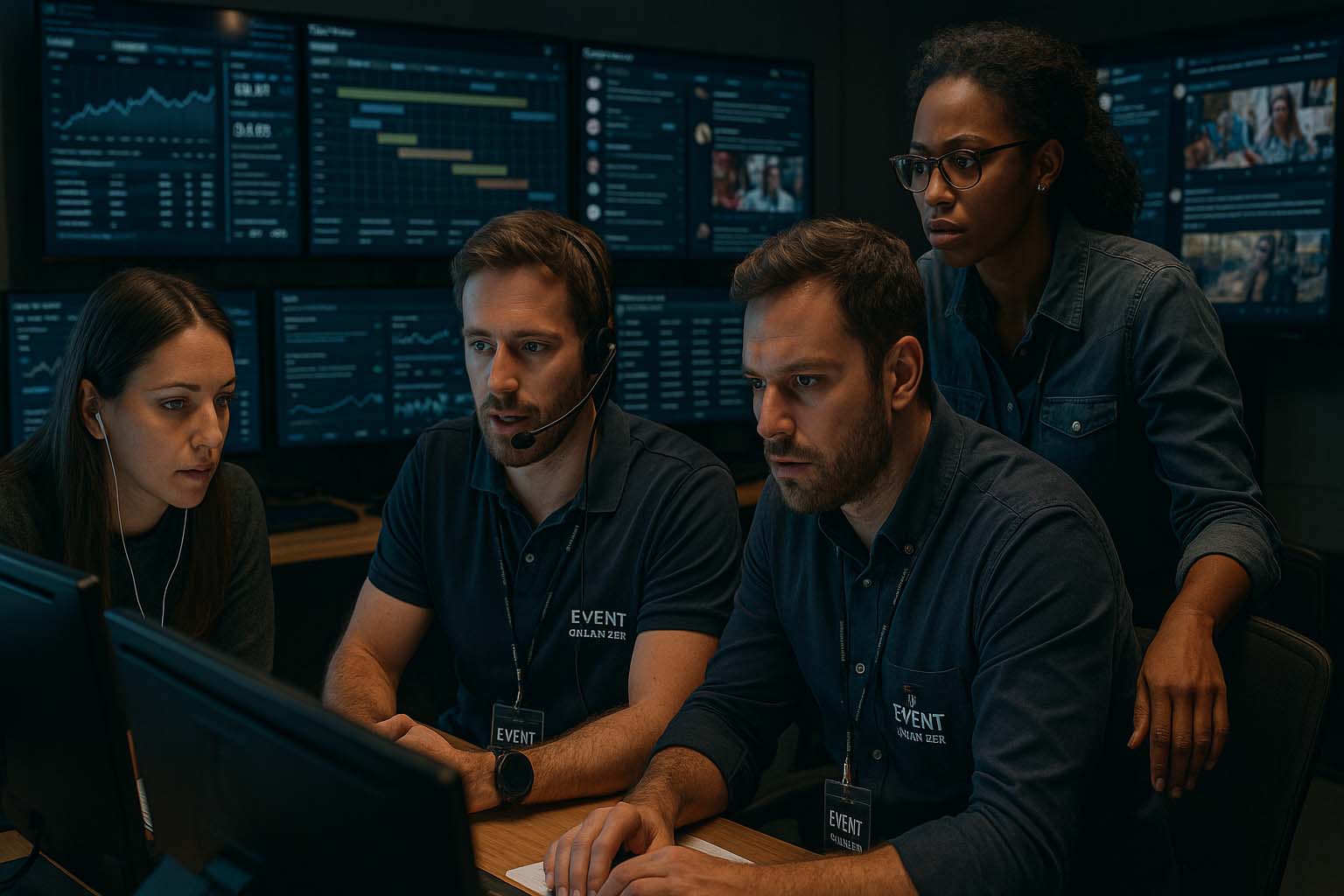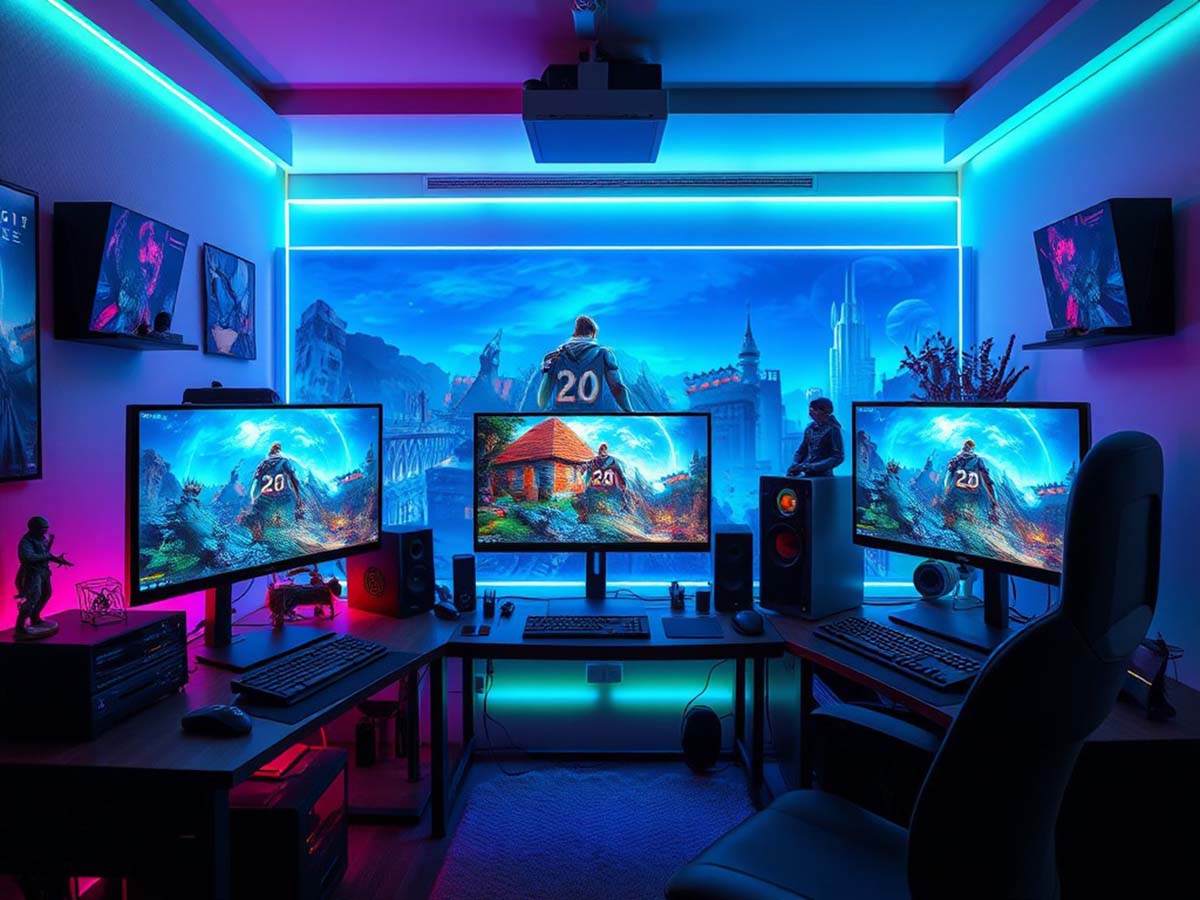Countdown to the Next Big Game Launch: A Guide for Global Event Organizers
All over the world, gaming communities hold their breath when a highly anticipated title nears release. For event planners, publishers, and marketing teams, each step in the preparation timeline can make or break the launch. With every announcement capturing the attention of players, it’s the organizer’s job to ensure the countdown stays clear, exciting, and well-executed—both online and in person.
Quick Summary
- Create a detailed timeline from six months before launch up to post-launch follow-through.
- Build anticipation through scheduled teasers, live streams, and exclusive content drops.
- Engage press, influencers, and esports partners for unified momentum.
- Ensure technical readiness, support staff, and feedback loops are in place to sustain post-launch performance.
Start Strong with a Solid Planning Timeline
The real work often begins six months before the launch. At this stage, the core team maps out milestones: trailer releases, beta previews, embargo deadlines, and review distribution. A clear calendar becomes the guidepost for every department—from art teams to live operations. With a synced project management tool, updates across time zones are easier to manage, reducing overlaps and keeping progress measurable in real time.
Global hybrid press tours are now standard, combining virtual Q&A sessions with targeted in-person briefings in cities like Los Angeles, Cologne, and Tokyo. This approach balances reach and cost while maintaining personal engagement. A comprehensive checklist—including travel details, NDAs, and footage guidelines—avoids last-minute confusion.
Some teams also begin early coordination with localization experts at this point. Terms used in early trailers or social media captions should be vetted for accuracy across all target markets. Missteps in translation can damage trust before the first demo even drops.
Building Excitement in the Final Four Months
By the fourth month, the focus shifts to stirring community engagement. A gradual rollout of information keeps curiosity alive while holding back major reveals. Here’s how this is done effectively across different regions:
Layered Teasers
Begin with a short clip in week one, follow with concept art in week three, and drop a character spotlight by week five. This creates a story arc similar to a streaming series.
Interactive Engagement
Fan polls on Twitter or AMAs on Discord encourage participation. Feature select questions in dev vlogs to make followers feel directly involved in the journey.
Live Mini-Events
Short 30-minute developer live streams each month show fresh gameplay builds. These events increase transparency and keep the content stream flowing between major news beats.
Exclusive Merchandise
Offer limited-run collectibles like figures or art books during the pre-order phase. This drives early interest and helps fund promotional efforts.
Beyond these core tactics, the most effective campaigns tap into regional user behavior. In Southeast Asia, WhatsApp and Telegram broadcasts prove more useful than email lists. In the West, Twitch drops or Steam wishlist incentives often work better. Understanding where each audience spends its attention helps optimize resources and time.
Working with Influencers and Media Creators
With two months to go, preview builds start reaching selected content creators. Publishers target personalities whose content aligns with the game’s tone—ranging from casual streamers to in-depth analysts. Embargo policies must be clearly communicated to ensure synchronized coverage.
When video reviews launch in several languages at the same time—English, Spanish, Japanese—it boosts global search volume and improves visibility. But access alone isn’t enough. Added value matters.
Providing exclusive behind-the-scenes content or interviews with creative leads gives media teams fresh angles. Stories about how characters were developed or how gameplay systems were fine-tuned are especially useful. This kind of content builds natural backlinks and increases credibility for official channels.
Another strong tactic is to offer time-limited access to playable sections or early customization options to top creators. This gives viewers a sneak peek and makes the experience feel personal. Meanwhile, media professionals can use a secure press portal with assets like screenshots, music, and gameplay b-roll to produce polished features efficiently.
Combining Online and On-Site Experiences
With a worldwide fanbase, a one-size event won’t work. The best format merges digital and physical elements. Picture a synchronized virtual countdown on Steam and PlayStation, paired with a pop-up booth at the Seoul Game Festival. Success metrics for these events include concurrent viewers, social media activity, and foot traffic at physical sites.
Adding AR filters to TikTok or Instagram contributes greatly. A themed interactive mask or background boosts user-generated content. Based on last year’s AAA campaigns, this tactic raised organic reach by roughly 20%.
In-person activations also add value. Short developer meet-and-greet sessions at local gaming cafés, interactive touchscreens at malls, or cosplay contests tied to local conventions extend the excitement. In Tokyo, one team created a themed subway station takeover; in São Paulo, another brand offered exclusive skins via QR codes at mobile carrier shops.
Adapting the Message to Each Region
Some teams overlook the details of regional language and culture. As the final 24 hours approach, localized press kits should be finalized. The official website must offer smooth language switching, with clear release time conversions. For instance, “16 August 00:00 UTC” should also appear as “08:00 JST” in Japan or “17 August 03:00 NZST” in Oceania.
Discrepancies can quickly trigger complaints on Reddit or fan forums. To avoid this, veteran PR leads suggest doing dry-runs across all time zones. They test the download button in staging environments to catch any CDN or flag mismatches.
This is also the time to finalize platform-specific asset formats. Xbox and Nintendo may require different icon sizes or localization tags than PC storefronts. Missed specs delay upload approvals, so teams should confirm each region’s requirements early.
Preparing for Launch Day
On the day itself, heavy traffic is expected. A dedicated incident-response team remains on standby. Three levels of potential problems are monitored: login bugs, payment issues, and launcher failures. Each case has assigned engineers and support staff for the first two hours. Studies show the first 30 minutes are critical—any outages during that window can hurt long-term player satisfaction.
It also helps to have a live-updated FAQ page. If a patch goes out, pin it across all social media and the start-up screen. This allows the dev team to focus on fixes rather than answering repetitive questions.
Don’t forget internal readiness. Staff should receive a broadcast memo with emergency contacts, status pages, and press lines. In high-volume launches, having a shared Slack or Teams channel with representatives from each department helps triage issues quickly.
Measuring Success Beyond Sales
Publishers often highlight revenue figures, but that’s just one piece. A broader picture includes player peaks, first-week retention, and user sentiment across platforms. Combining numbers and feedback provides a clearer narrative.
Data can be grouped into three stages:
T+24 Hours: Track initial player peaks, sales speed, and social engagement spikes.
T+7 Days: Update patch performance, engagement in key regions, and top concerns.
T+14 Days: Analyze retention, trial-to-purchase conversions, and live event success.
Some companies also conduct community health reviews, checking if discussion channels remain active, if fan art continues to grow, and whether creators are still producing related content. These soft signals help identify if a launch created lasting impact.
The compiled metrics also support future funding decisions. Whether for a seasonal update, merchandising, or esports tournaments, data-backed presentations make it easier to greenlight follow-ups with confidence.
Leaving a Strong Final Impression
A successful countdown isn’t about racing to the finish. It depends on thorough attention to each detail—from teaser trailers to post-launch patches. With a steady timeline, an energized community, and a reliable infrastructure, the entire experience feels seamless. In the end, players enjoy an uninterrupted release, while organizers earn credibility across global markets.


